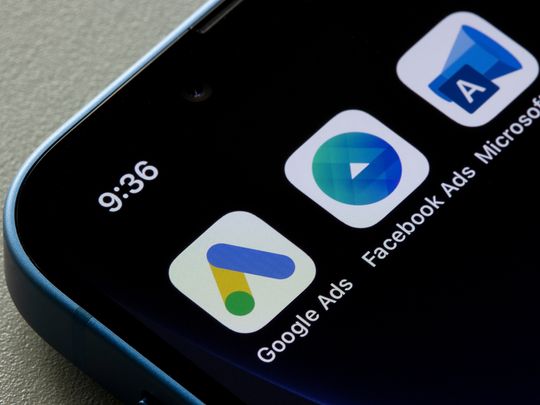
In an age of AI, hyper-aware - but highly distracted - consumers, and the ever-growing real-world impact of social media, there is no shortage of challenges facing advertisers in the GCC. With great technology comes great opportunity – and today’s marketers have the tools at their disposal to create purpose-driven, meaningful connections with their audiences.
In the advertising industry, as with many others, we live in interesting times. I’ve read that the average human attention span is down to 2.9 seconds now. I think it’s even less than that – look at how quickly people scroll through their Instagram feed. My son learned how to skip a YouTube ad before the age of two.
Agencies have had to rapidly adapt to the rise of AI, if only to keep up with the competition. I think AI will have a net positive impact on creativity – it will free the best creatives to focus on making things that connect better with audiences.
Interconnect with data
There are a lot of parallels between AI and data, which was the big buzzword eight or nine years ago. As we saw previously with data, many agencies are investing in AI, but the real magic happens at the nexus of the two.
In the Gulf, there’s certainly a need for more nuanced culturally relevant work – especially in Saudi Arabia, where advertisers able to tap into unique, relevant insights and are grounded in the lifestyle will see the greatest success. This is also true for the UAE.
Besides their rapid growth story, another thing these dynamic markets have in common is an explosion in creativity over the past few years – something we’ve seen recognized through internationally awarded work.
Here's a good example of where data and creativity meet. We recently did a Black Friday campaign for Etihad Air at my agency, Impact BBDO. The challenge we faced was: People tend to associate these events with consumer goods, and not so much with travel. Working with GoogleWorks, we were able to send highly targeted YouTube ads to relevant consumers, all themed around the question: ‘With our special discounts, why not fly to a certain destination to purchase the consumer good with the money you save’?
All sorts of variations were made: smartphones in South Korea, shoes in Paris, raincoats in London. We were able to generate thousands of variations of this concept, and as a result, Etihad broke a 20-year sales record – all thanks to the seamless integration of data and creativity.
While digital will continue to grow, if we look at what kinds of media will be relevant in the future, I don’t subscribe to the ‘print is dead’ mantra – I’ve been hearing this for the past 20 of my 34 years in the advertising industry. That said, it’s true that traditional media is no longer strictly for offline formats.
Online leverage
A cool, creative billboard in central Riyadh can be viewed around the world if it’s clever enough to be leveraged online.
Similar to the thinking around how digital media will kill print, I don’t agree that AI will destroy creative careers. When stock imagery websites came up, did we lose the need for photographers? It only made the better photographers even more desirable.
Technological disruption forces people to either adapt or change careers. While expectations of speed and quality will rise, AI will allow the best in their business to shine.
Even if we take the best examples of AI used in advertising – such as the famous Shah Rukh Khan campaign with Cadbury in India, where AI was used to create Khan’s likeness and voice to promote over 2,500 small retailers – all of them still needed human conductors to bring to life.
Like data before it, AI is a tool that can be leveraged to sharpen creativity. As Gen Z’s purchasing power rises in tandem with the increasingly prominent role of consumers as content creators, we will need to see more originality, not less.
The future of advertising may look different, but success will always be predicated on finding new ways to talk to people.








